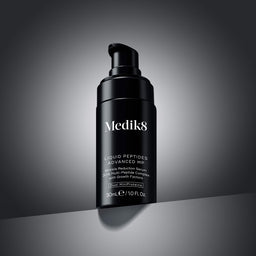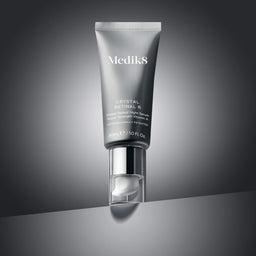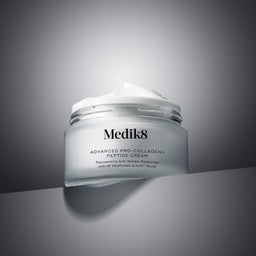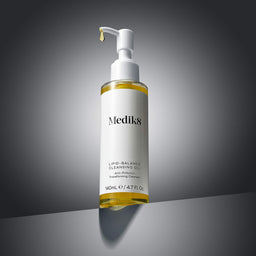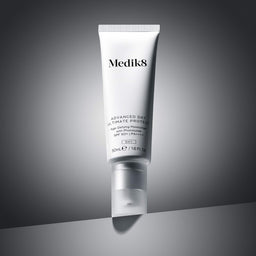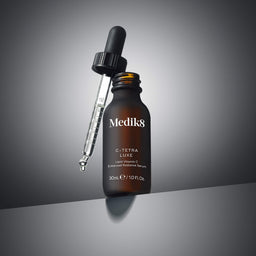The Best Ingredients For Targeting
Blemish-Prone Skin
SHOP FOR BLEMISH-PRONE SKIN

Struggling with blemishes? Delve into Medik8’s expertly-curated breakdown on breakouts and comprehensive guide to blemish-busting ingredients.

What Is Blemish-Prone Skin?
Blemishes occur in many shapes, sizes, and at multiple stages of life - as well as on various areas of the body. A ‘blemish’ can be any kind of spot, dark mark or area of discoloration but the term mostly refers to breakouts and acne. A blemish, in this most common context, is a clogged pore which is left visibly raised, red and often sore.
If you frequently suffer from breakouts, then you are likely to have ‘blemish-prone’ skin. ‘Blemish-prone skin’ can refer to anyone who is susceptible to whiteheads, blackheads, or pustules; from those who get the occasional spot or area of congestion, to those with aggressive acne. Blemish-prone skin is often oily, but can also be dry or subject to other skin concerns such as hyperpigmentation and visible signs of ageing.
Types of Blemishes
There are two major types of blemishes; inflammatory and non-inflammatory.
Non-inflammatory blemishes are usually called comedones and can be either open (blackheads) or closed (whiteheads). Both occur when sebum and dead skin cells combine to clog a pore, but without causing any inflammation.
Inflammatory blemishes can come in many forms, with the most common types being papules and pustules. Papules are small red bumps which may feel tender or sore while pustules, although very similar to papules, have a white tip due to a build-up of pus within them. The most severe form of inflamed blemishes are nodules and cysts which are often large, firm, pus-filled bumps that are especially painful and can lead to scarring if not treated correctly.


How Do Blemishes form and what causes them?
Blemishes are formed when the pores get clogged, and this is caused by one of four things:
- Excess sebum
- Build-up of dead skin cells
- Inflammation
- Accumulation of blemish-causing bacteria (known as C. acnes)
While there is no definitive cause of blemishes and breakouts, the most common factors which trigger the above circumstances include: - Hormonal changes (i.e during puberty, pregnancy, menopause or changes in hormonal contraceptives)
- Various medications
- Stress
- Environmental factors (such as humid conditions, an impaired barrier function or changes in diet)
Very often, a multitude of these factors result in a breakout.
The top ingredients & products to banish blemishes
As always, we recommend to build your skincare routine around our CSA philosophy to maintain visibly healthy and clear skin:
